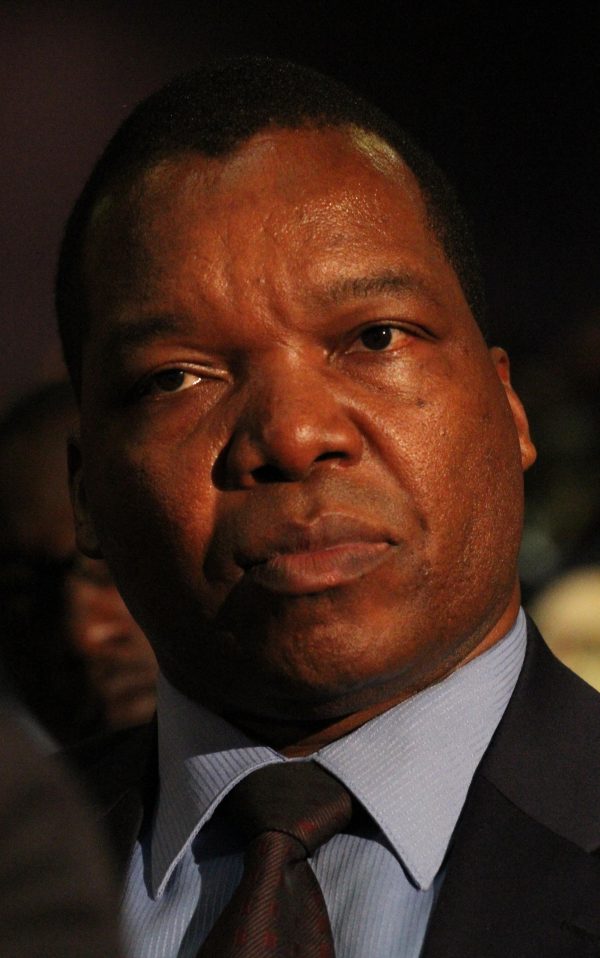
Zimbabwean authorities for a while have made the definition of disinflation so elastic that even at a rate of -0,2% in 2014; they insisted that Zimbabwe was witnessing disinflation or price correction and certainly not deflation.
BY PERRY MUNZWEMBIRI
“The reduction in the rate of inflation in the national economy was and is a necessary process towards correcting the high prices obtaining in the country,” the Reserve Bank of Zimbabwe (RBZ) said in its 2015 Monetary Policy Statement released earlier this year.
However, the limits of that elasticity are now being breached, as recent inflation data shows a more entrenched deflationary trend setting in. Surely, the “price correction” narrative being pushed by the Zimbabwean monetary authorities is now a hard sell.
Inflation data for May released by Zimstat highlights that the year-on-year inflation rate given by the all items Consumer Price Index (CPI) stood at -2,70%, a 0,05% drop from the April figure of -2,65%. This trend in falling prices has persisted in Zimbabwe since 2013 when the annual average inflation rate witnessed a sharp decline to 1,6% from 3,7% recorded in the previous year, 2012.
Deflation is a sustained decrease in the general price level such that the inflation rate becomes negative, while disinflation is a reduction in the inflation rate. During disinflation, prices are rising, but at a slower rate. Falling prices are not always a bad phenomenon, as consumers may benefit from falling prices, especially if they are as a result of increased efficiencies.
In Zimbabwe however, this is not the case as the falling prices reveal underlying structural weaknesses of the economy underpinned by waning aggregate demand.
Throughout history, there have been common similarities in countries that have witnessed deflation and Zimbabwe is no different. Reduced investment spending by the Zimbabwean government has played a part in contributing to the deflationary trend the country is seeing. Government revenues already constrained by a diminishing tax base continue to be gobbled up by employment costs, with data showing that over 80% of government revenues go towards footing the wage bill of Zimbabwe’s 236 000 strong civil service workforce.
- Chamisa under fire over US$120K donation
- Mavhunga puts DeMbare into Chibuku quarterfinals
- Pension funds bet on Cabora Bassa oilfields
- Councils defy govt fire tender directive
Keep Reading
Furthermore, the availability of credit in Zimbabwe has been declining as banks have become more cautious in advancing loans following the proliferation of non-performing loans in the banking sector, which has affected their profitability. All these are telling signs of deflation setting in and the inflation outlook remains negative with no evident signs that prices will rise anytime soon.
The country’s inflation data shows that contrary to the sugar-coated sentiments from the country’s monetary and fiscal authorities, Zimbabwe’s economy is in dire straits. Effects of slowing down economic activity presently obtaining in the country are now becoming ever so apparent.
Consumer aggregate demand continues to be subdued as incomes have remained largely static, and company closures have left a good number of economically active Zimbabweans without employment and a regular source of income.
Two of the country’s largest consumer facing corporations Delta Beverages and Econet Wireless, have directly felt this weakening consumer demand. For the full year to March 2015, Delta — the bottling partner for Coca-Cola — recorded a 4% decline in revenue as volumes plummeted.
Addressing analysts in Harare a month ago, Delta Beverages’ finance director Matts Valela attributed the drop in earnings to a continued change in the mix from mainstream beer towards low cost and premium brands. He also indicated that the company was witnessing a general volume decline in favour of lower priced products. Earlier this year, Delta had also slashed the recommended retail prices of some of its products by 10c across the board.
Econet incurred a 41% drop in profits in the last financial year. Voice revenues for the company fell 11% to $582 million and coupled with a decline in SMS, the company’s Average Revenue Per User (Arpu) — a measure used by telephone companies for the income they receive from each customer — also declined to $8,10 from $10,4.
These statistics paint a grim picture of the economic realities prevailing in Zimbabwe and give credence to the unpopular argument that as opposed to disinflation, Zimbabwe is in deflation. Lower global oil prices and a weaker South African rand against the US dollar also have been contributing to declining prices in Zimbabwe (South Africa is Zimbabwe’s largest trading partner).
Both food and non-food inflation continue to drive deflation as mobile phone charges, selected food items and fuel prices have come down in the last year as prices of key weights on the CPI dropped. Zimbabwe, however, is in a unique situation as its central bank is incapacitated to address this continued slump in prices.
In theory, in deflationary conditions, the monetary authorities would print more notes and increase money supply in the economy and in so doing, push up prices thus helping the country exit deflation. RBZ, which has recently begun the process of demonetising the abandoned Zim dollar, however cannot print more currency to increase money supply and spur economic activity due to the multiple currency system it is using.
As prices continue to decline in Zimbabwe, it remains to be seen if the necessary corrective policy measures needed to exit deflation will be carried out swiftly by the powers that be.











